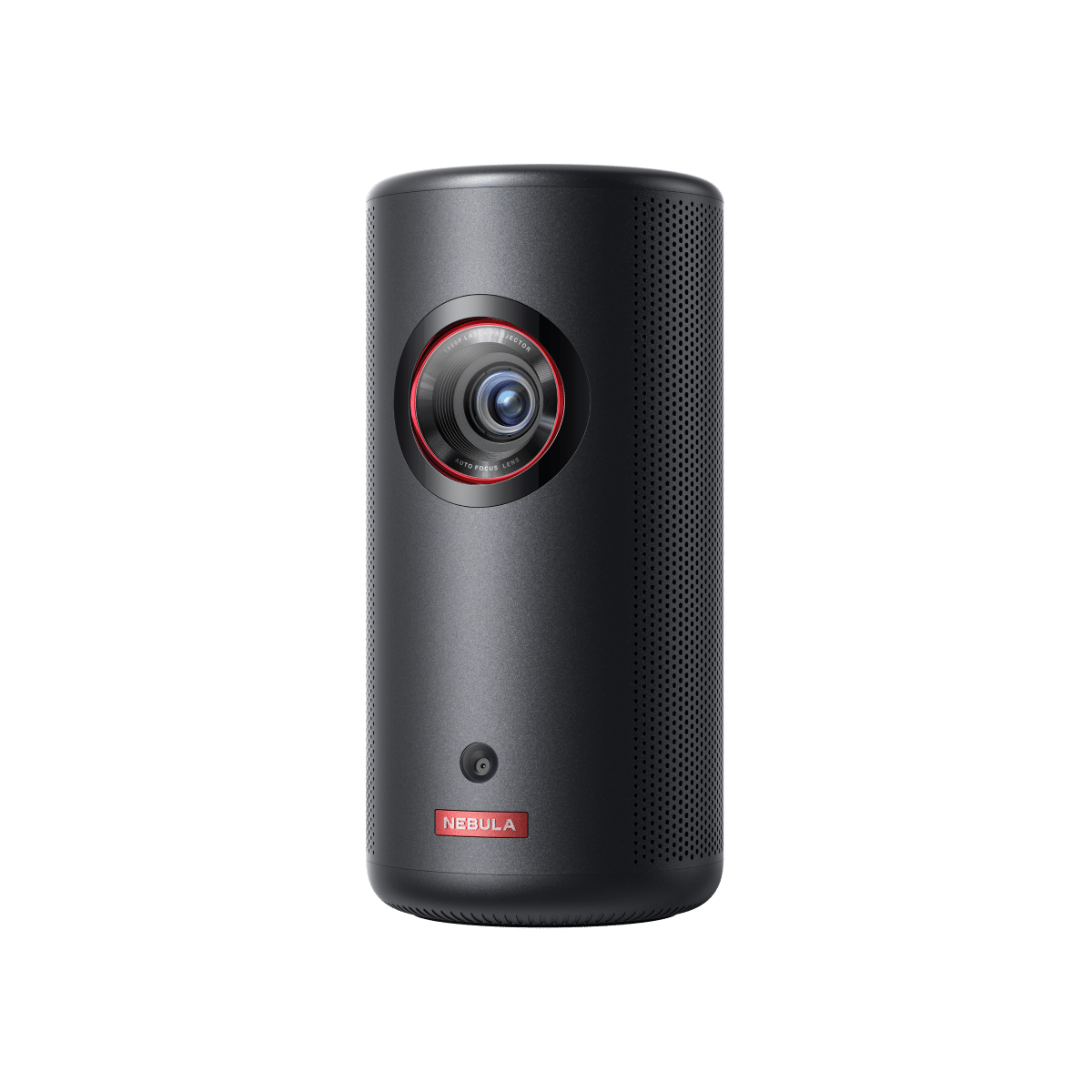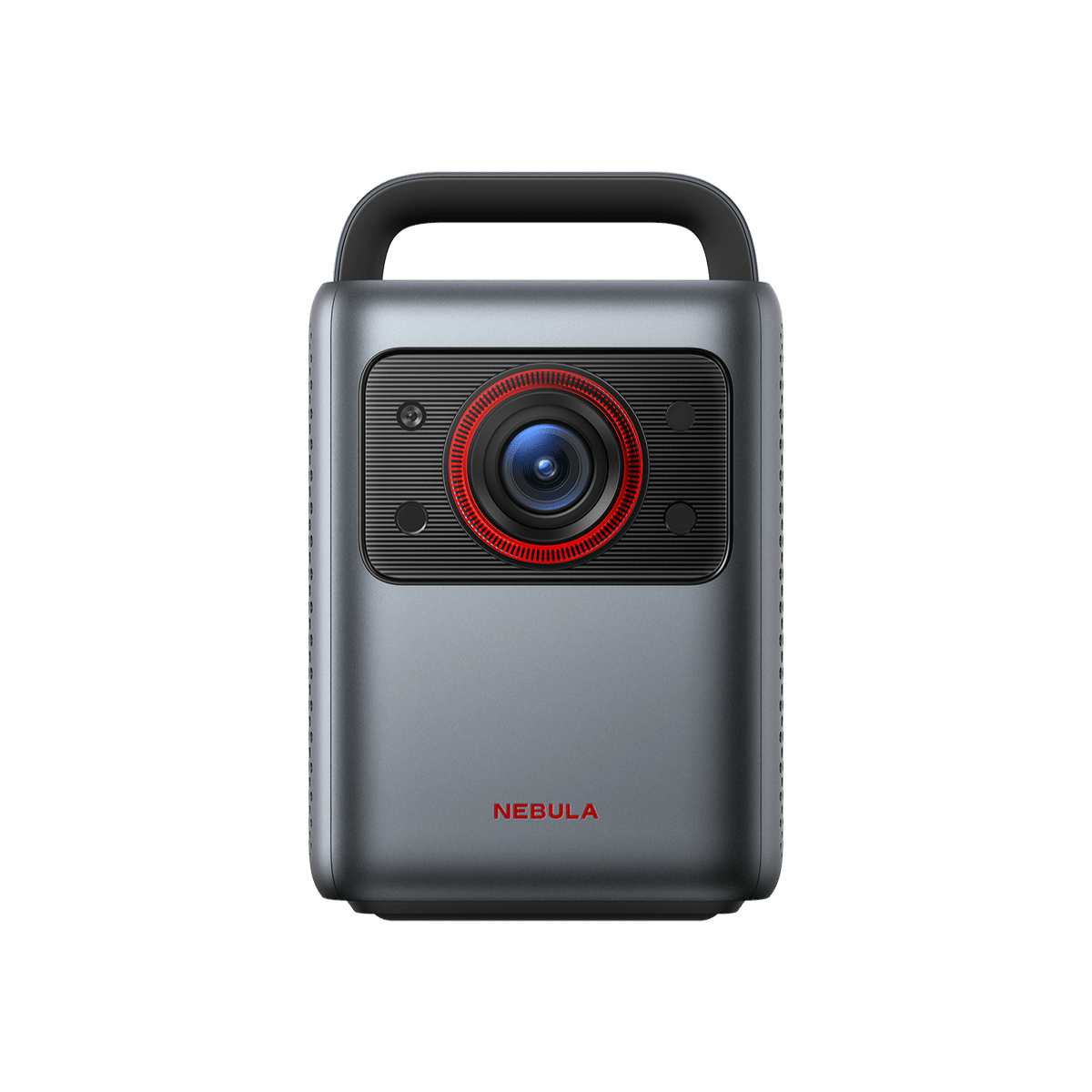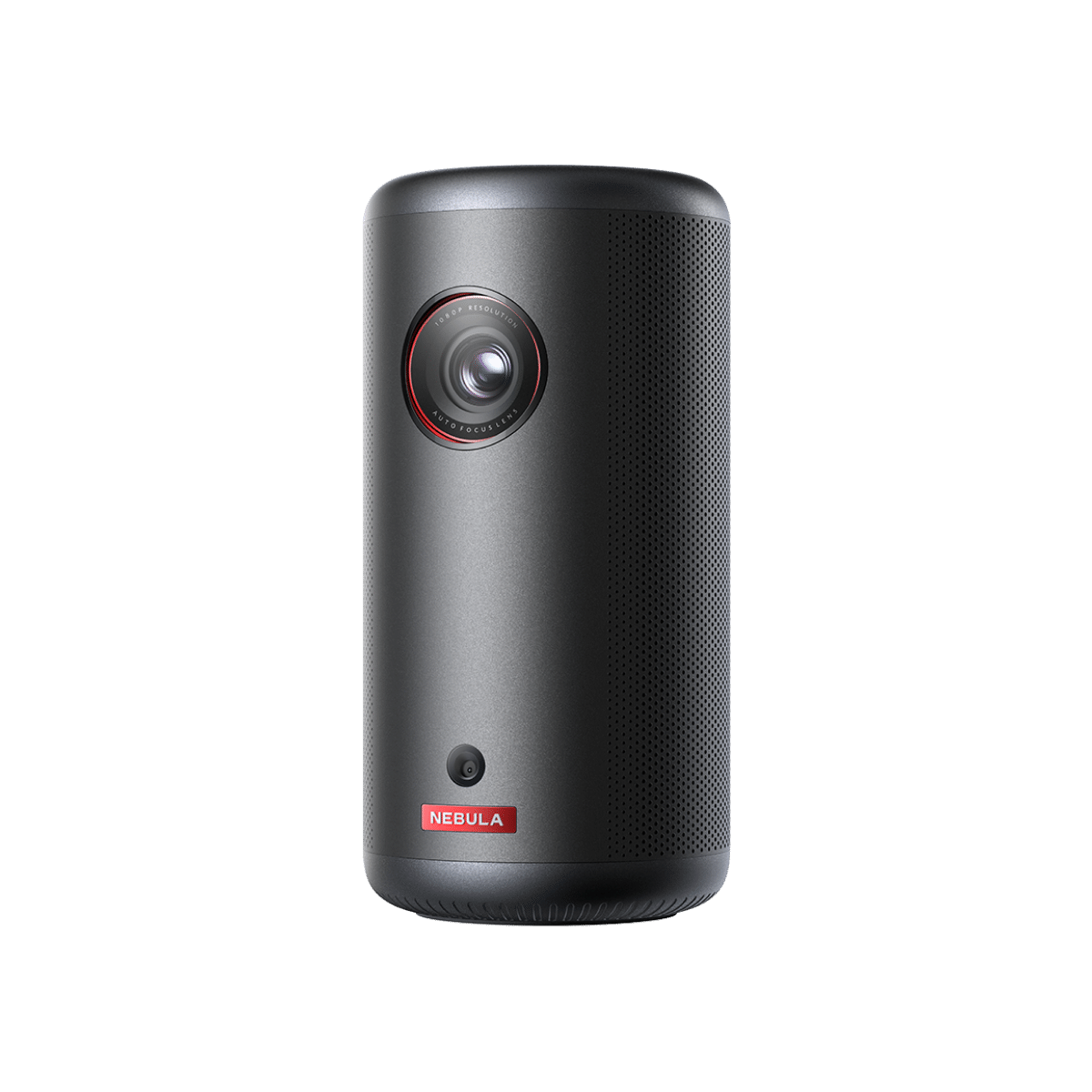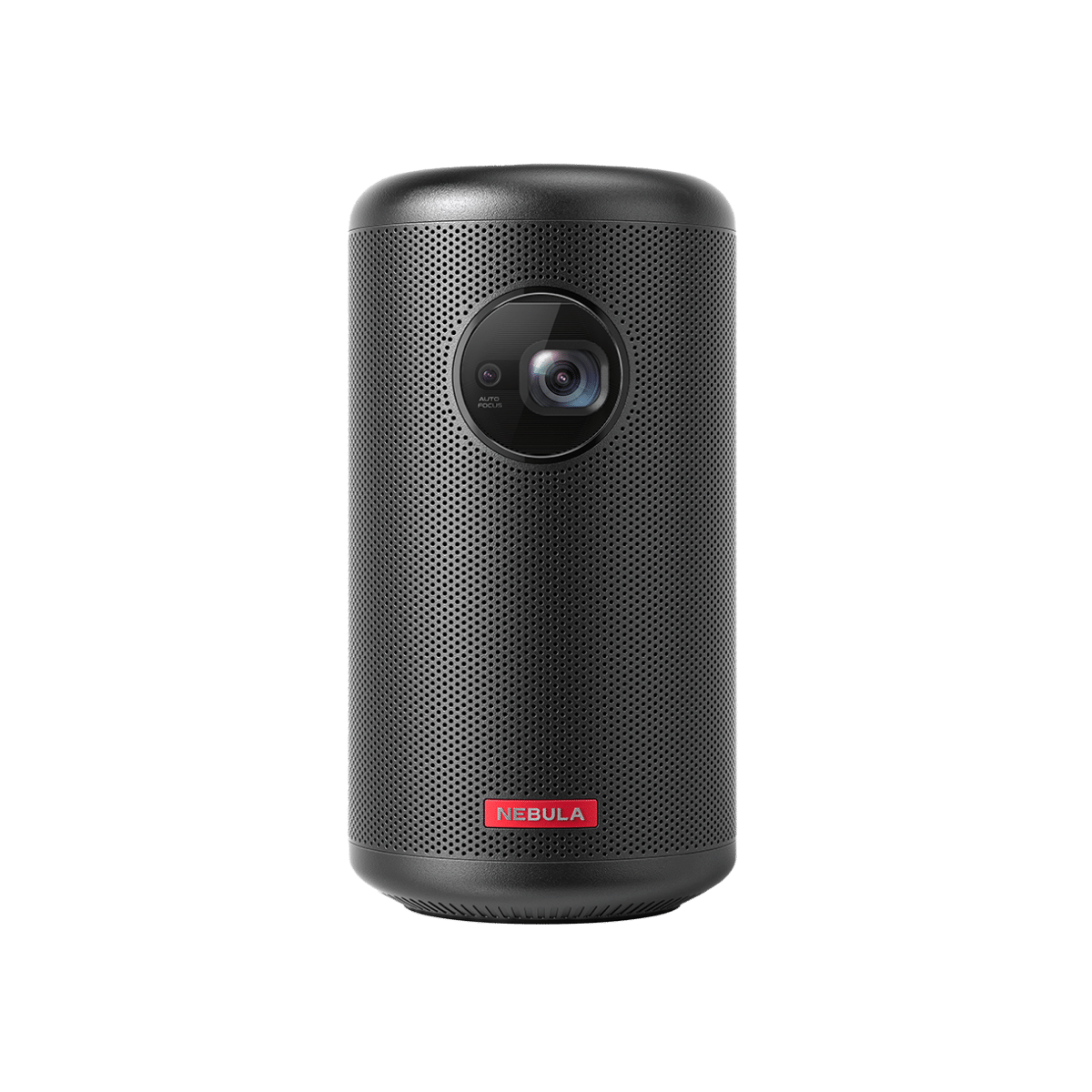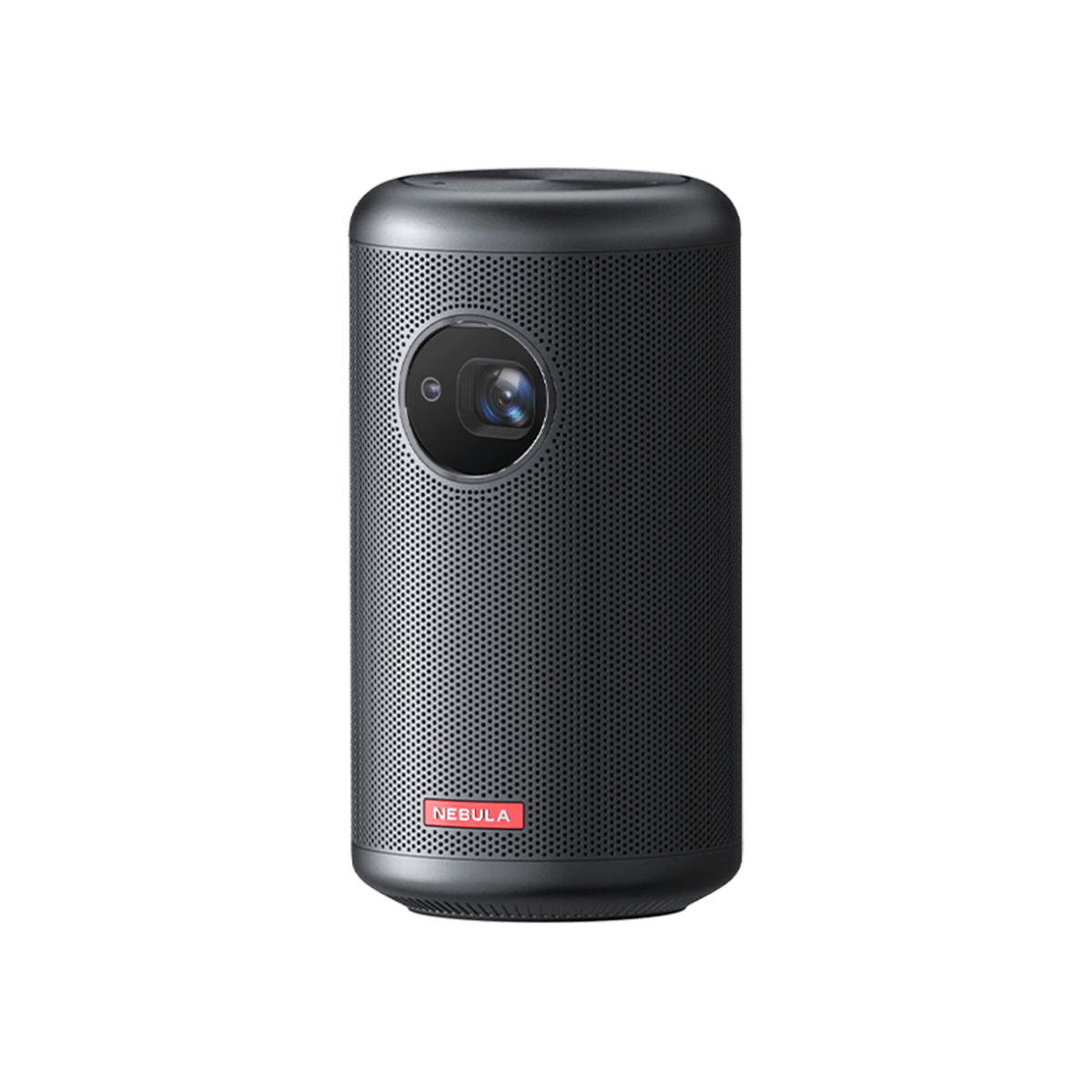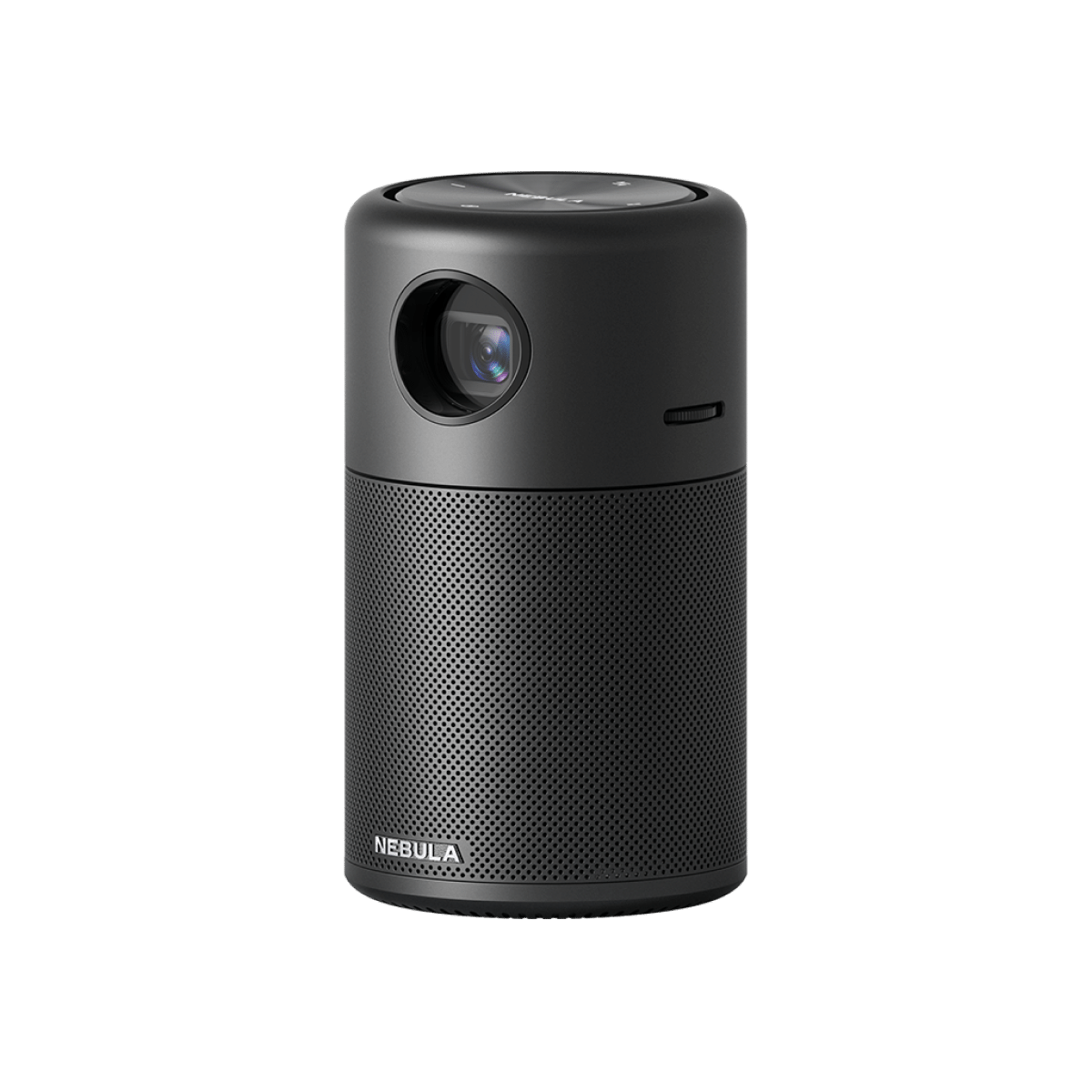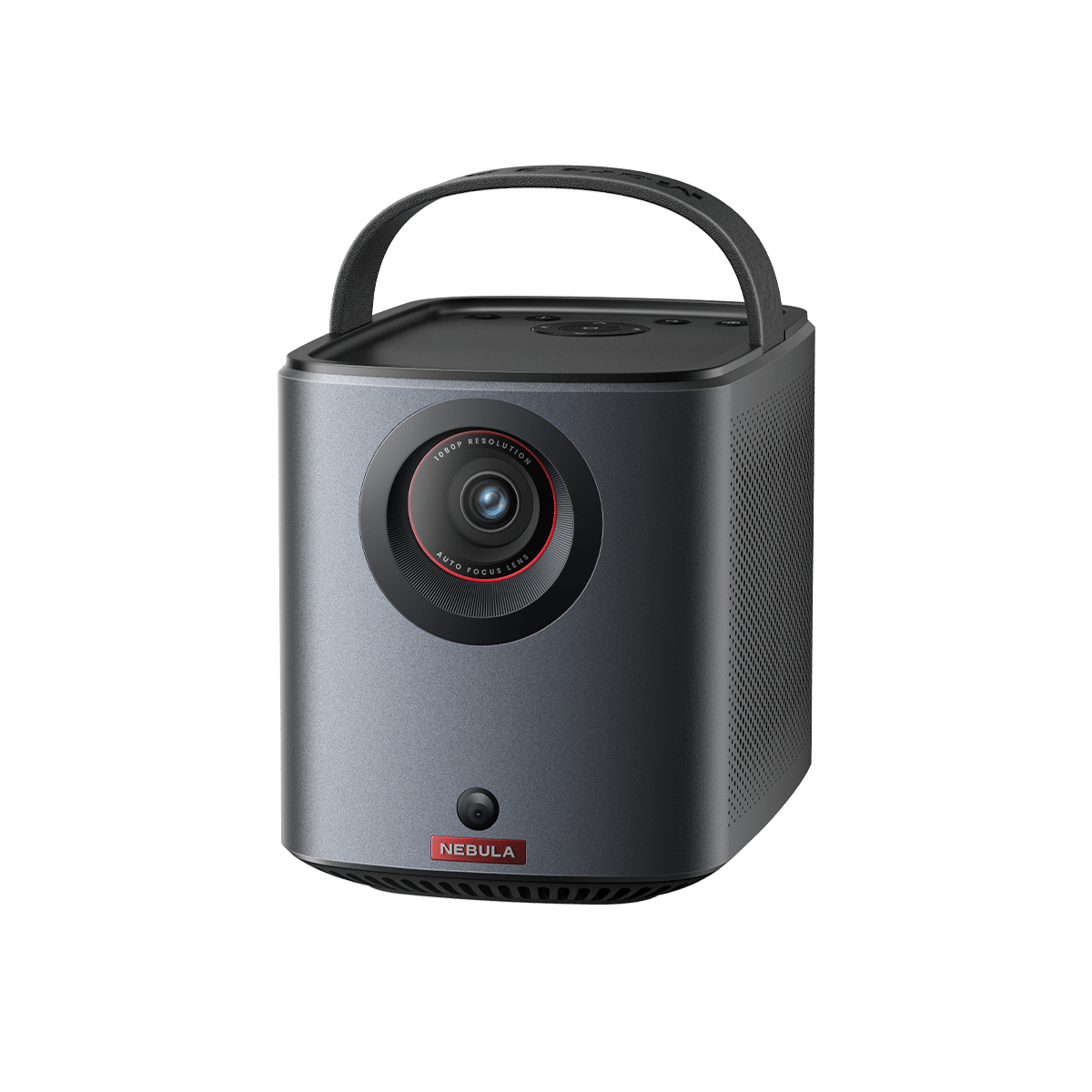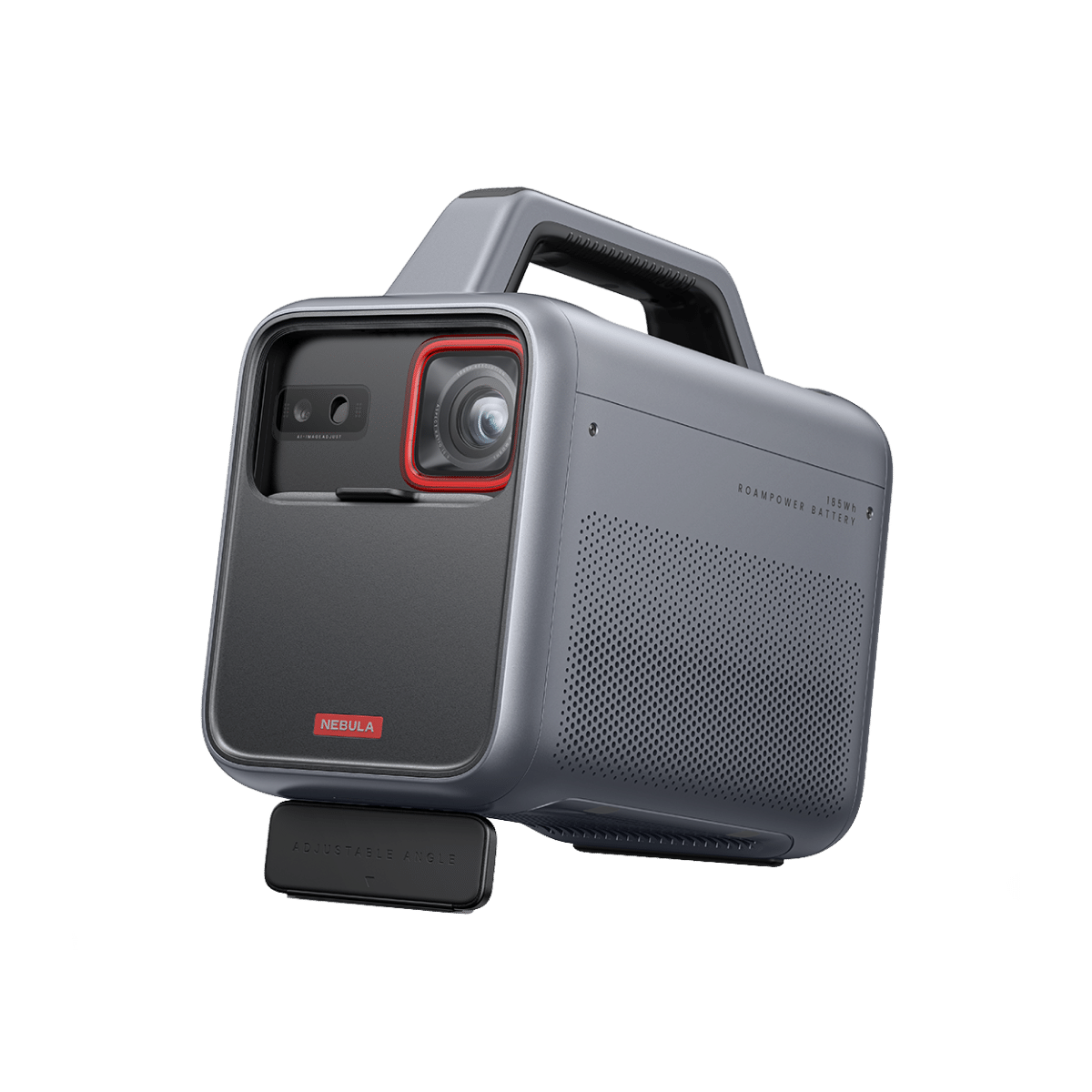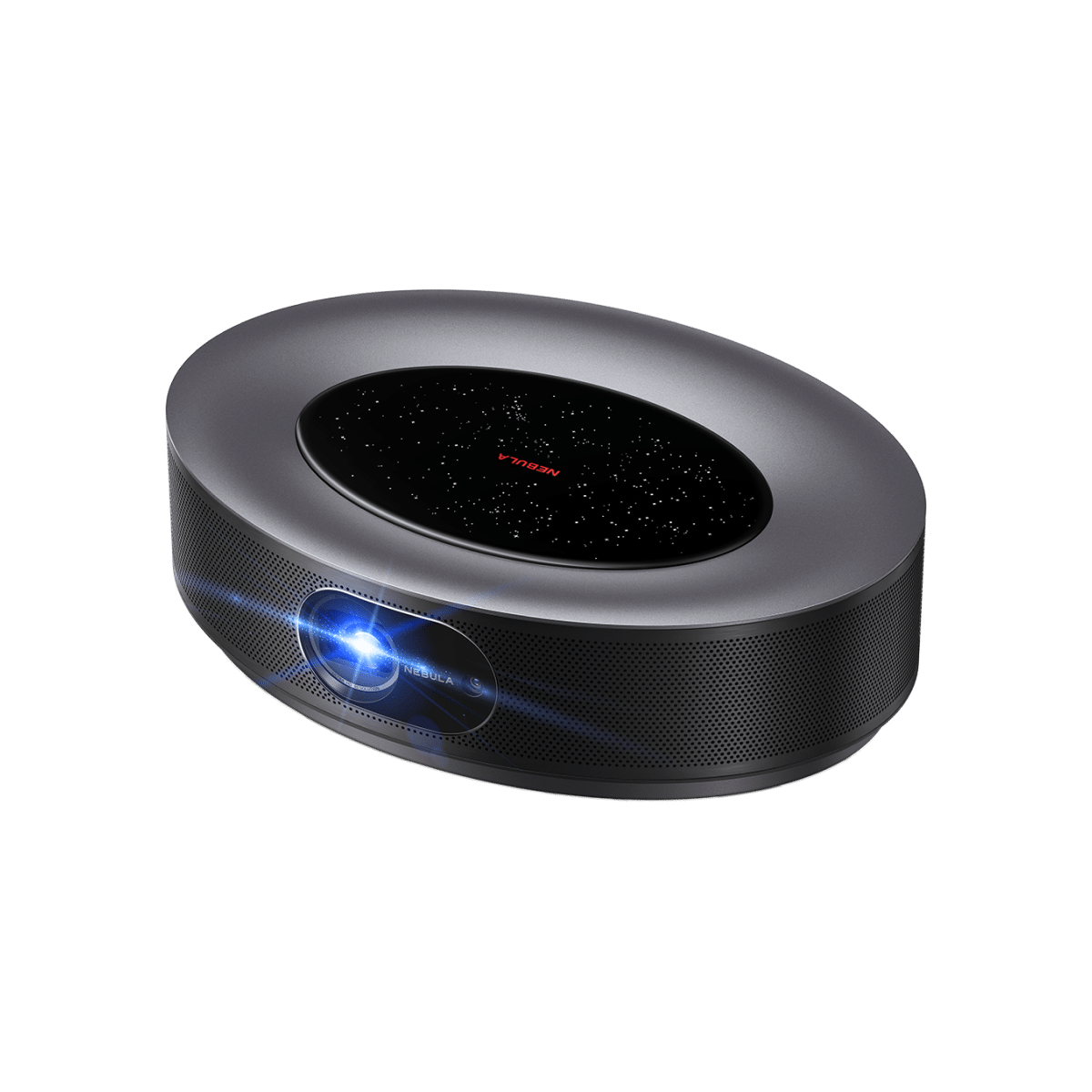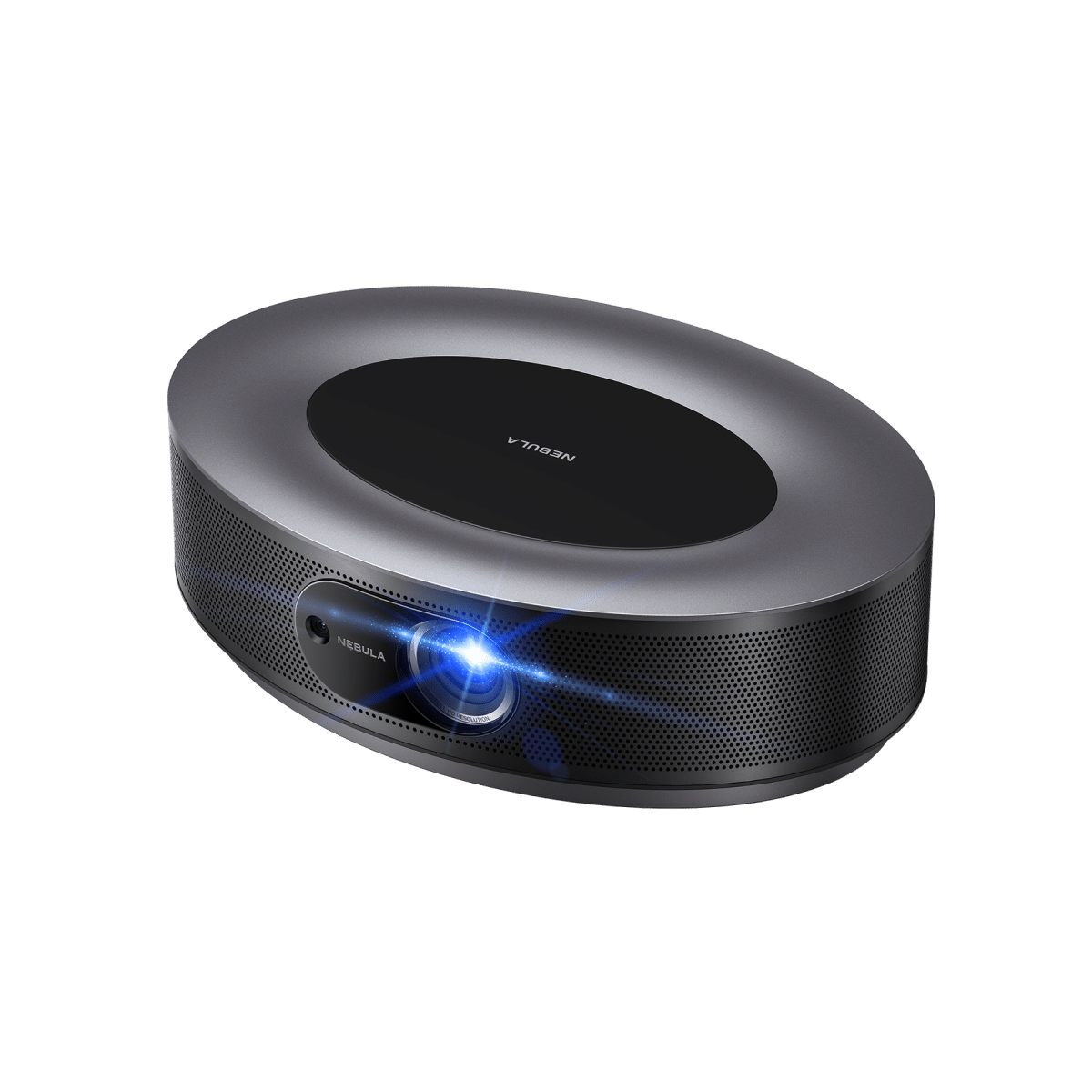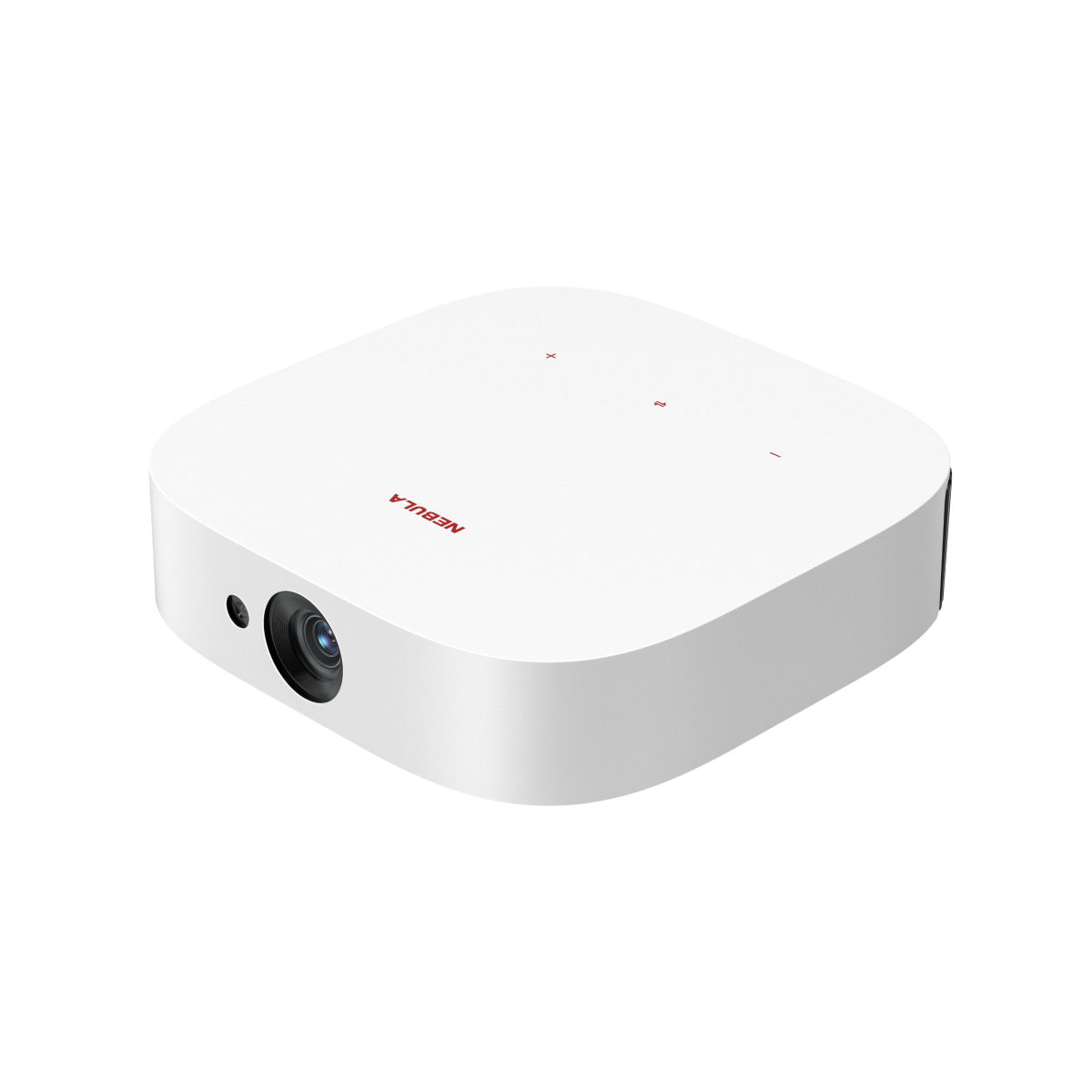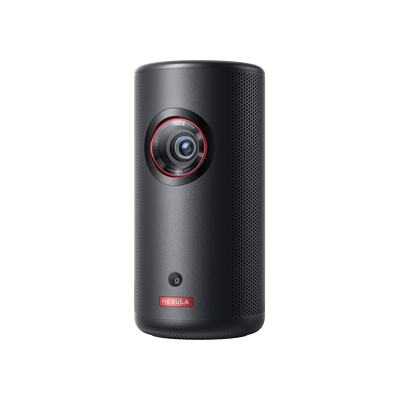Connecting your laptop to a projector opens up a world of possibilities for presentations, entertainment, and sharing content on a larger screen. Whether you're in a conference room, classroom, or your own living room, knowing how to connect a projector to your laptop is a valuable skill. In this guide, we'll walk you through the steps of connecting projector to laptop, whether it's a wired or wireless setup, providing you with a seamless and dynamic way to project your computer's display onto a bigger canvas. From how to hook up a projector to a laptop to projecting wirelessly, we've got you covered with comprehensive instructions to ensure your presentations or movie nights are nothing short of spectacular.
How To Connect Laptop To Projector
Connecting a laptop to a projector involves a few simple steps, but the exact process may vary depending on the type of cable or technology you're using. Let's delve into each method in detail:
Using a USB Cable
Connecting laptop to projector via USB is a simple and effective way to display your laptop's screen on a larger screen. This connection method is particularly useful for business presentations, classroom lectures, and movie nights. By following the steps below, you can set up your laptop-to-projector connection in no time.
Step 1: Check the specifications of your laptop and projector
Before connecting your laptop to the projector using a USB cable, ensure that your laptop has a USB port that is compatible with the projector's USB port. You should also check if the projector supports USB connectivity. You can find this information by referring to the manual of your laptop and projector or looking up their specifications online.
Step 2: Turn off your laptop and projector
Ensure that your laptop and projector are turned off before connecting your laptop to the projector to avoid electrical damage or malfunction.
Step 3: Connect the USB cable from your laptop to the projector
Plug one end of the USB cable into your laptop's USB port, and the other end into the projector's USB port. Make sure that the cable is securely plugged in to avoid interruptions in the connection.
Step 4: Power on your laptop and projector
Once the USB connection has been established, turn on your laptop and projector. Your laptop should automatically detect the projector and configure itself accordingly. If not, you can manually adjust the display settings on your laptop to output to the projector.
Step 5: Adjust display settings
You may need to adjust the display settings on your laptop to ensure the output is correctly projected onto the screen. To do this, right-click on your desktop and select "Display Settings" (Windows) or "System Preferences" (MacOS). In the settings, select the option to detect the external display (the projector) and choose the appropriate display resolution to match your projector's screen.
Using an HDMI Cable
Connecting your laptop to a projector via HDMI is a simple and convenient process that can help you present your work, slide shows, lectures, or movies on a much larger screen. HDMI, or High Definition Multimedia Interface, is a digital video and audio cable that allows you to transmit data with high quality and speed, up to 4K resolution and 60 frames per second.
Here are the steps to connect your laptop to a projector using HDMI:
Step 1: Check the ports:
Make sure that your laptop and projector have HDMI ports that match in shape and size. Most modern laptops and projectors have HDMI ports, but if not, you may need to use a different type of cable, adaptor, or converter.
Step 2: Turn off both devices:
Before you plug in the HDMI cable, turn off both your laptop and projector, and unplug them from any power sources.
Step 3: Connect the HDMI cable:
Insert one end of the HDMI cable into your laptop's HDMI port, which is usually located on the side or the back, and labeled with an "HDMI" symbol. Insert the other end of the cable into your projector's HDMI port, which is usually on the side or the back as well, and also labeled with an "HDMI" symbol. Make sure the cable is firmly plugged in and secure.
Step 4: Turn on the projector:
Press the power button on your projector to turn it on. It may take a few seconds or minutes for your projector to warm up and display an image.
Step 5: Switch to HDMI input:
Using your projector's remote control or buttons, select the HDMI input as your source of video and audio. This may vary depending on your projector's brand and model, but usually involves pressing the "Input" or "Source" button, and selecting the HDMI option from the menu.
Step 6: Turn on the laptop:
Press the power button on your laptop to turn it on. Wait for your laptop to boot up and for the operating system to load.
Step 7: Adjust the display settings:
Depending on your laptop's settings and screen resolution, you may need to adjust the display settings to match the projector's resolution and aspect ratio. To do this, go to your laptop's control panel or settings menu, and select the "Display" or "Screen" option. From there, you can change the resolution, orientation, and scaling of your laptop's screen.
Step 8: Test the connection:
Once you have connected and set up your laptop and projector, you can test the connection by playing a video or slide show on your laptop, and seeing if it is displayed on the projector. You may also need to adjust the focus, zoom, or keystone settings on your projector to optimize the image quality.
Using a VGA Cable
In order to connect projector to laptop using a VGA connection, you will require a VGA cable that is compatible with both the laptop and the projector. Once you have the cable, please follow these detailed instructions about how to connect computer to projector:
Step 1: Turn Off the Laptop and the Projector
Turn off both the laptop and projector before making the VGA connections. This will avoid any electric shock or short circuit and help to protect the device's ports.
Step 2: Connect the VGA Cable
Now, take the VGA cable and connect one end to your laptop's VGA port, and the other end to the projector's VGA port. Ensure that you firmly screw the cable connections into place to prevent any accidental disconnection.
Step 3: Turn On the Projector and the Laptop
Once the necessary connections have been made, turn on the projector and then turn on your laptop. Most laptops detect the external display automatically, but if not, you can manually change the display settings by selecting the "Display Settings" option in your laptop's "Control Panel."

Step 4: Adjust the Display Settings
Now, adjust the display settings as per your preferences. You can choose to either duplicate the laptop screen to the projector or extend the display to the projector screen. You can also change the screen resolution and brightness levels to adjust the display quality.
However, VGA cables only transmit video signals and separate audio cables, such as 3.5mm audio jacks, are needed for sound.
Using Bluetooth
Connecting a laptop to a projector using Bluetooth, such as Nebula Capsule bluetooth projector, is a simple process that can be easily accomplished with just a few steps. To make sure you get the most out of this feature, here's a step-by-step guide on how to connect to a projector wirelessly.
Step 1: Turn on your bluetooth projector and laptop
At the outset, ensure both your devices are switched on. If your laptop comes with Bluetooth, you can easily pair it with your projector .
Step 2: Turn on the Bluetooth on both devices
Once your devices are switched on, it's time to activate Bluetooth on both your laptop and projector.
Step 3: Pair the projector with your laptop
Your laptop will search for available Bluetooth devices, including your projector. When it locates your projector, tap on it to connect it.
Step 4: Project your laptop's screen on the projector
When your laptop is successfully connected, you're ready to project your screen. On your laptop, go to Settings and click on "System" and then "Display." Select the "Multiple displays" drop-down and choose "Extend these displays" to have the projector display your laptop's screen.
Step 5: Adjust settings
You may need to make some adjustments to the resolution and the display if the screen isn't showing correctly. You may need to press "Fn" and "F4" or similar keys on some laptops to toggle the display.

Customizing Your Projector Display from Your Laptop
Once your laptop is connected to the projector, there are a few things you can do to customize your display to suit your needs. Here are some options:
- Adjusting Resolution: Your projector may default to a different resolution than your laptop. To change this, go to your laptop's display settings and change the resolution until it matches your projector's.
- Mirroring or Extending Displays: Depending on your preference, you can choose to mirror your laptop's display exactly on the projector or extend it to use both the laptop screen and projector as separate displays.
- Changing Aspect Ratio: If you're watching a movie or TV show, you may want to change the aspect ratio to fill the projector's screen properly. This setting can be found in the display settings.
Conclusion
Connecting your laptop to a projector opens doors to dynamic presentations, immersive entertainment, and collaborative experiences. Whether you choose a wired or wireless connection, the ability to project your laptop's content onto a larger screen enhances visibility and engagement. By following the methods outlined in this guide, you can confidently set up your laptop-projector connection and tailor the display to your preferences. So, whether you're in a conference room, classroom, or the comfort of your living room, you're ready to make the most of your laptop and projector setup.
FAQ
Why Is My Laptop Not Connecting To The Projector?
Your laptop might not connect to the projector due to issues like incorrect input source selection, cable or wireless connection problems, display settings mismatch, outdated drivers, or connectivity settings. Double-check connections, settings, and update drivers or firmware to troubleshoot the problem.
